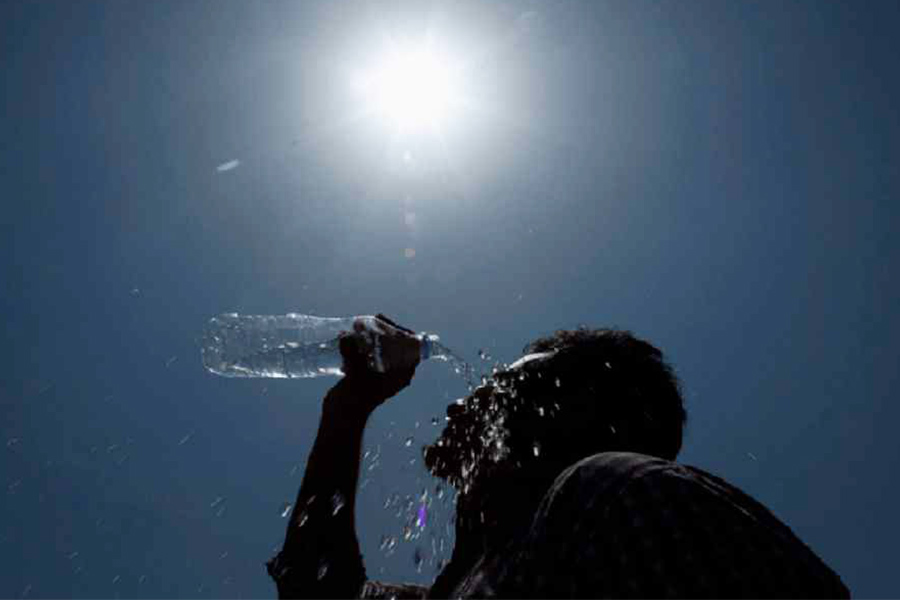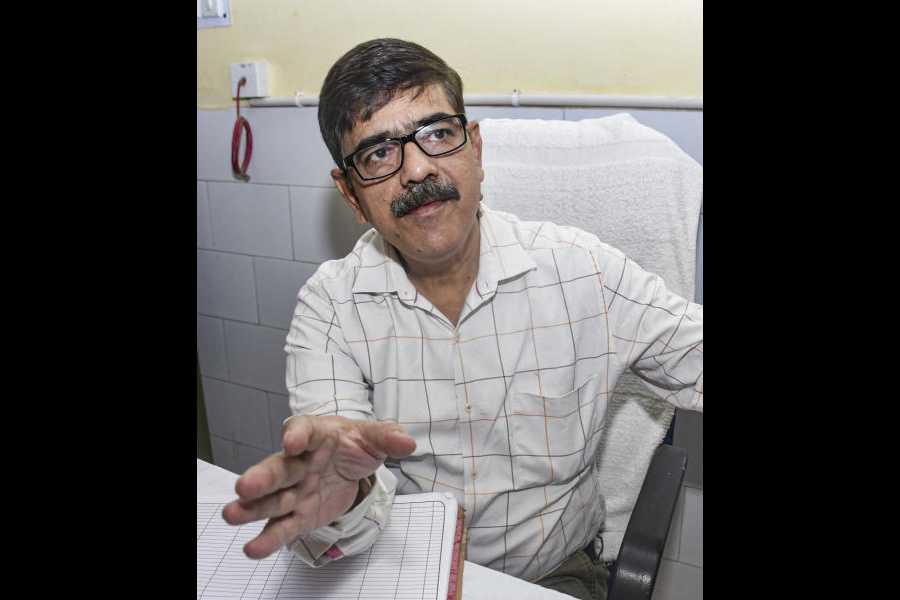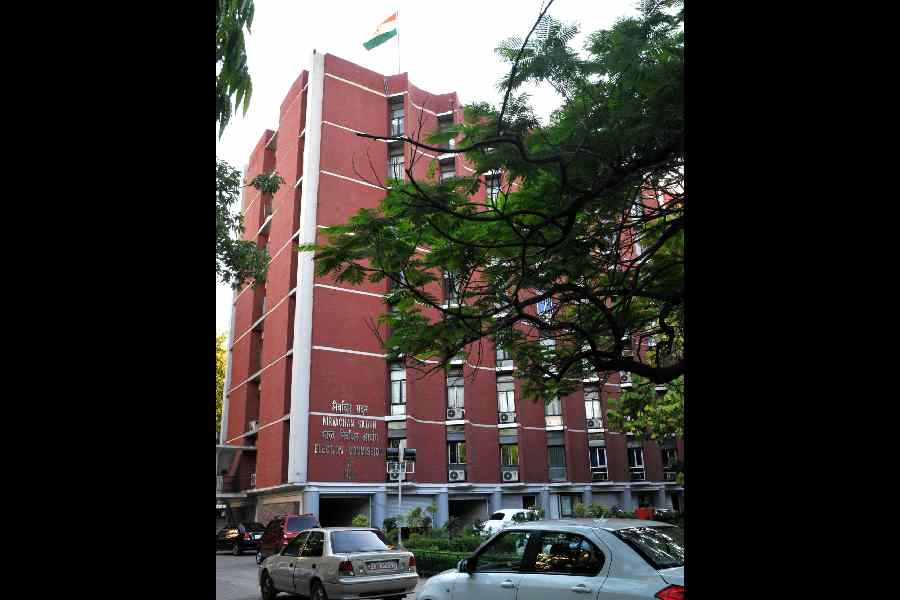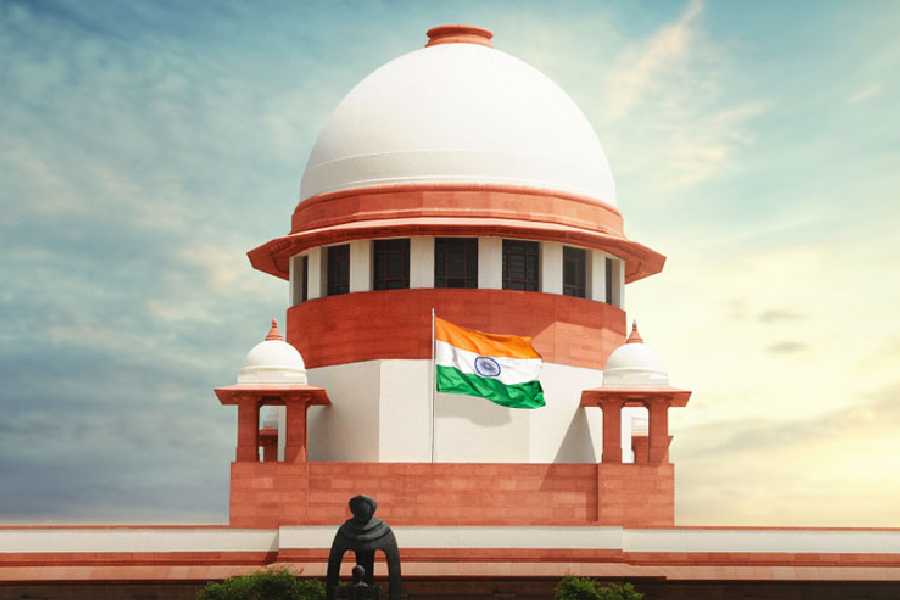Heat-related challenges in Calcutta and Delhi have found mention in a global report published on the sidelines of the COP30 climate summit here on Tuesday.
The report, prepared by the United Nations Environment Programme (UNEP), has projected a threefold rise in global cooling demand by 2050 unless deep emission cuts are quickly achieved and the sharp temperature rise is contained.
The rise in cooling-linked emissions is driven by the increase in population and wealth. According to the report, the impact of rising pollution and inefficient cooling gets exacerbated by extreme heat events and low-income households with limited access to efficient air conditioning.
The report predicts the doubling of cooling-related greenhouse gas emissions to around 7.2 billion tonnes by 2050 from the 2022 levels, despite efforts to improve energy efficiency and phase down climate-warming refrigerants that overwhelm power grids during peak load.
“Cooling’s climate challenge is two-sided: to expand affordable, sustainable cooling approaches for adaptation, while cutting the energy and carbon footprint of cooling for mitigation,” Inger Andersen, under-secretary-general of the United Nations and executive director of the UNEP, told The Telegraph.
The report stated that greenhouse emissions from refrigeration and air-conditioning equipment totalled an estimated 4.1 billion tonnes of carbon dioxide equivalent globally in 2022, of which roughly one-third was from refrigerant leaks and two-thirds from energy use.
India’s heat issues and mitigation programmes have been referred to around 10 times in the report.
“Delhi and Calcutta in India face heightened heat-related morbidity and mortality, lower labour productivity, and stressed water systems due to extreme heat and infrastructure challenges,” the report said.
Delhi-based hospitals had reported 275 heatwave-related deaths in May-June 2024. Extreme heat currently results in a 4 per cent loss of Delhi's total economic output due to reduced worker productivity. It is projected to increase to 5 per cent by 2050.
“Heat stress in Delhi is exacerbated by high levels of air pollution, which worsens health outcomes. For children in poverty, this combination of heat and air pollution is estimated to reduce life expectancy by up to five years compared to wealthier residents,” an expert said.
Earlier UN reports had highlighted Calcutta’s vulnerability to heat. The city is projected to reach a maximum temperature of 50°C by 2080 and its Celsius surge might cross 35° for about 150 days in a year by the same timeline. The UN report also pointed out that the rise of average temperature in Calcutta was highest — at 2.67°C — during 1958-2018 in 20 global cities and regions studied.
A study by the Centre for Science and Environment shows that half of the wards within the Kolkata Municipal Corporation limits fall into the “high” or “moderate” heat-vulnerability categories.
The UN report, while underlining India’s heat-stress risk, also noted government efforts to counter the trend.
“Government efforts such as India’s National Disaster Management Authority aim to minimise heat-related mortality by prioritising passive cooling in schools, urban areas, and affordable housing (while) farmers in Bihar, India, are deploying sustainable cold chain systems to reduce post-harvest losses and stabilise incomes,” the report said.









